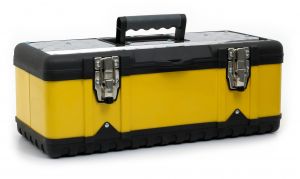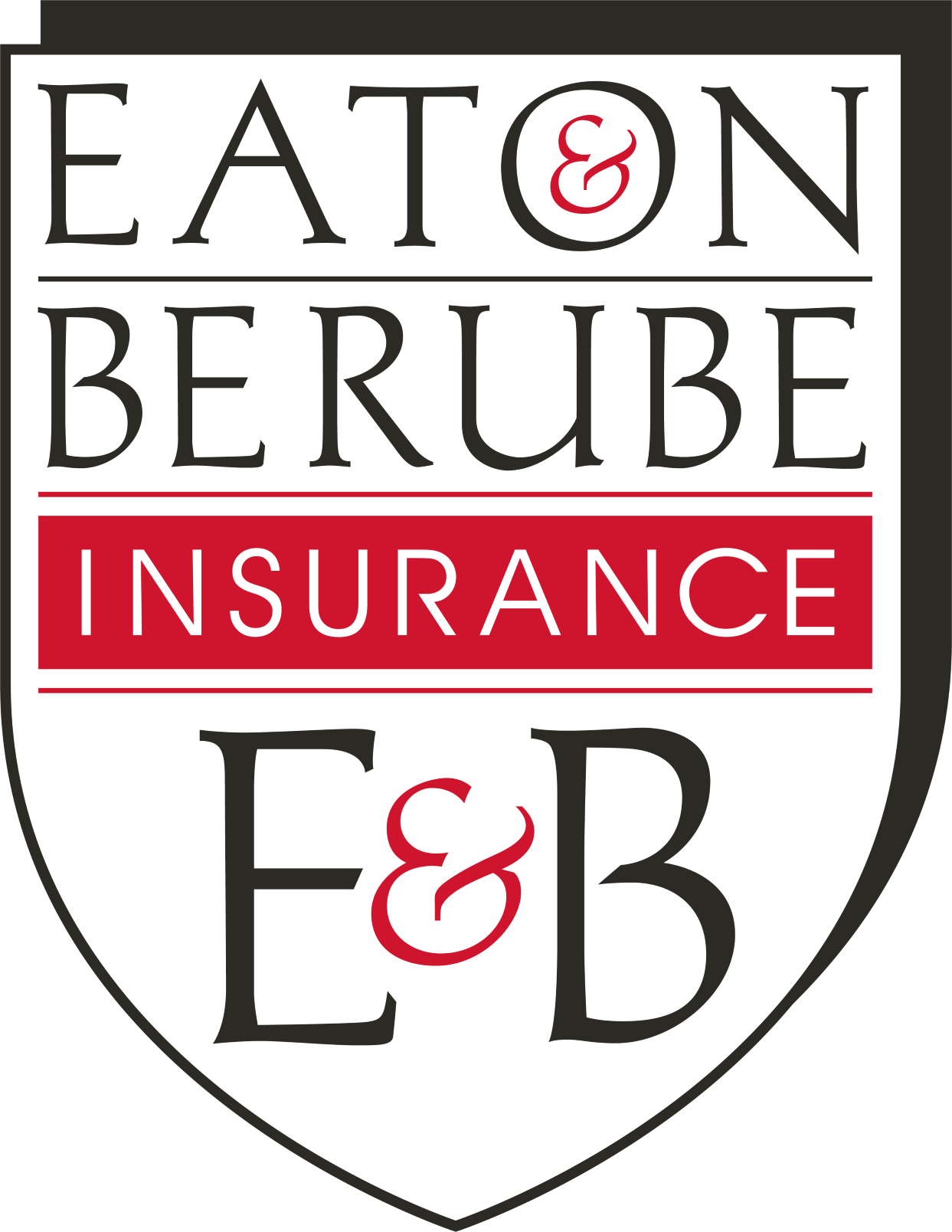Professionals in the contracting industry can be confronted with many insurance concerns, from workers’ compensation coverage to commercial general liability insurance. As a contractor, when you are securing new coverage or reviewing your existing policies, you may believe that coverage for your tools and mobile equipment is included under your business insurance policy, but this is actually a common misconception. In fact, while some policies offer limited coverage for your tools, it is not typically enough to cover you in the event of a complete loss, which is why you need an inland marine insurance policy to protect your portable tools and equipment.
What Is Inland Marine Insurance?
Traditionally, inland marine coverage was used strictly in the ocean marine industry to cover property losses involved in water transfers. Over time, the non-ocean aspect of the cargo journey developed, as cargos were transferred to barge, thus coining the term “inland marine.” You may hear people refer to inland marine policies as “floaters,” because the property covered was originally “floating” in the ocean. Today, inland marine insurance provides protection designed to fill gaps in your commercial coverage, protecting many different types of property like contractors’ equipment that is taken off premises.
Contractors’ Equipment Exposures
Considering the substantial value of contractors’ tools, along with the fact that they typically accompany you offsite from one job to the next, it’s crucial to ensure that they remain protected against the following exposures they face:
 Fire – Fire hazards can develop from a variety of different ignition sources and combustible materials found in the equipment and on a construction site.
Fire – Fire hazards can develop from a variety of different ignition sources and combustible materials found in the equipment and on a construction site.- Water & Flood – Your tools can be easily damaged by storms or leaks that affect the area where they are stored.
- Wind – A windstorm can damage the building in which you store your tools or can cause direct damage to the equipment itself.
- Overturn – Depending on design and use, some tools are prone to overturn.
- Collision – Tools with mobility are vulnerable to collision damage.
- Theft & Vandalism – Unfortunately, theft is one of the most common causes of loss when it comes to contractors’ equipment. Even if tools are not left in open, unlocked, or unfenced storage areas, they are still vulnerable to theft and vandalism.
New Hampshire Inland Marine Insurance Coverage Options
Obtaining an inland marine policy will help you protect your valuable mobile equipment from the aforementioned exposures, but when it comes to securing coverage, you will have several options. For instance, you can choose to insure your tools by scheduling your items individually on your policy, or placing them under what is known as a blanket limit. If you choose to schedule your tools, you will receive coverage limited to the specific values listed, and if you opt for a blanket limit, you will be able to purchase a certain amount of desired coverage. For example, if you purchase a policy that includes a blanket limit of $50,000 for your tools, this is the maximum amount of coverage your insurance company will provide in the event of a loss. Some contractors choose to schedule more expensive equipment like generators, jack hammers, compressors and back hoes, while grouping together miscellaneous tools valued at less than $500, like hammers and wrenches. It’s best to consult your independent insurance agent for coverage recommendations to prevent your tools from being underinsured.
Minimizing Your Risk of Theft
Although disasters can’t always be prevented, understanding the circumstances that commonly surround theft can help you limit your exposures. Whether committed by a current or former employee, or a member of the general public, theft typically occurs in the early evening, within an hour after the workday has ended, or on the weekends. Generally speaking, the odds of theft decrease if the person attempting to steal cannot enter the site, load the equipment and leave within a 10-minute timeframe. Combined with this knowledge, you can take the following security precautions to help minimize your risk of equipment theft:
- Establish specific theft-prevention policies and communicate them to all workers and subcontractors. Review these policies regularly with employees and work crews.
- Offer incentives to employees for applying the theft prevention program such as reporting suspicious acts.
- Develop a system to identify individuals who deliver packages, materials and equipment, such as requiring that they display a driver’s license, company-issued badge or credit card. If there are doubts about who the individual is, contact his or her employer for verification.
- Analyze equipment theft losses to identify patterns and the effectiveness of your prevention efforts.
- Develop an inventory system for all equipment and tools such as assigning equipment to supervisors and employees by serial number.
- Document all items checked in and out of your headquarters.
- Do not oversupply a work crew with equipment.
- Arrive at job sites before work begins and after the workday with a checklist of the equipment and tools checked out. Determine if all items are present and accounted for.
- Lock and/or immobilize equipment during off hours by doing the following: attaching anti-theft devices to equipment (steering-wheel locks, kill switches, tire and wheel/axel locks, locked hood side plates and locking fueling caps) and lock levers and handles.
- Put an alarm system on equipment and trailers containing tools. Install padlock shields on trailers as well as trailer-wheel and hitch locks.
- Inscribe identification numbers on all tools and equipment twice—once in an obvious way and the other hidden. To deter theft, display warning signs that serial numbers are recorded.
- Paint tools and equipment in bright colors, and place your company’s logo or other identifying images on the equipment.
- Do not store equipment overnight unless it is in a secure facility or area.
- Store tools in buildings with double-cylinder deadbolts and security alarms.
- Consider hiring a security guard, purchasing closed-circuit television surveillance equipment or obtaining a guard dog with a trained handler in high crime areas.
- Enclose storage areas with a security fence and only allow “designated” employees access to storage facilities.
- Keep storage areas well-lit and free of visual obstructions.
Even after taking proactive security measures, theft can still occur, so it’s crucial to ensure that your expensive equipment is covered in the event of a loss. At Eaton & Berube Insurance, our trusted NH insurance agents can make coverage recommendations and help you secure an inland marine policy that will prevent your tools from being underinsured. To get a free quote for New Hampshire inland marine insurance to protect your contractor’s equipment, please call 603-882-2766 or submit our online quote form.

